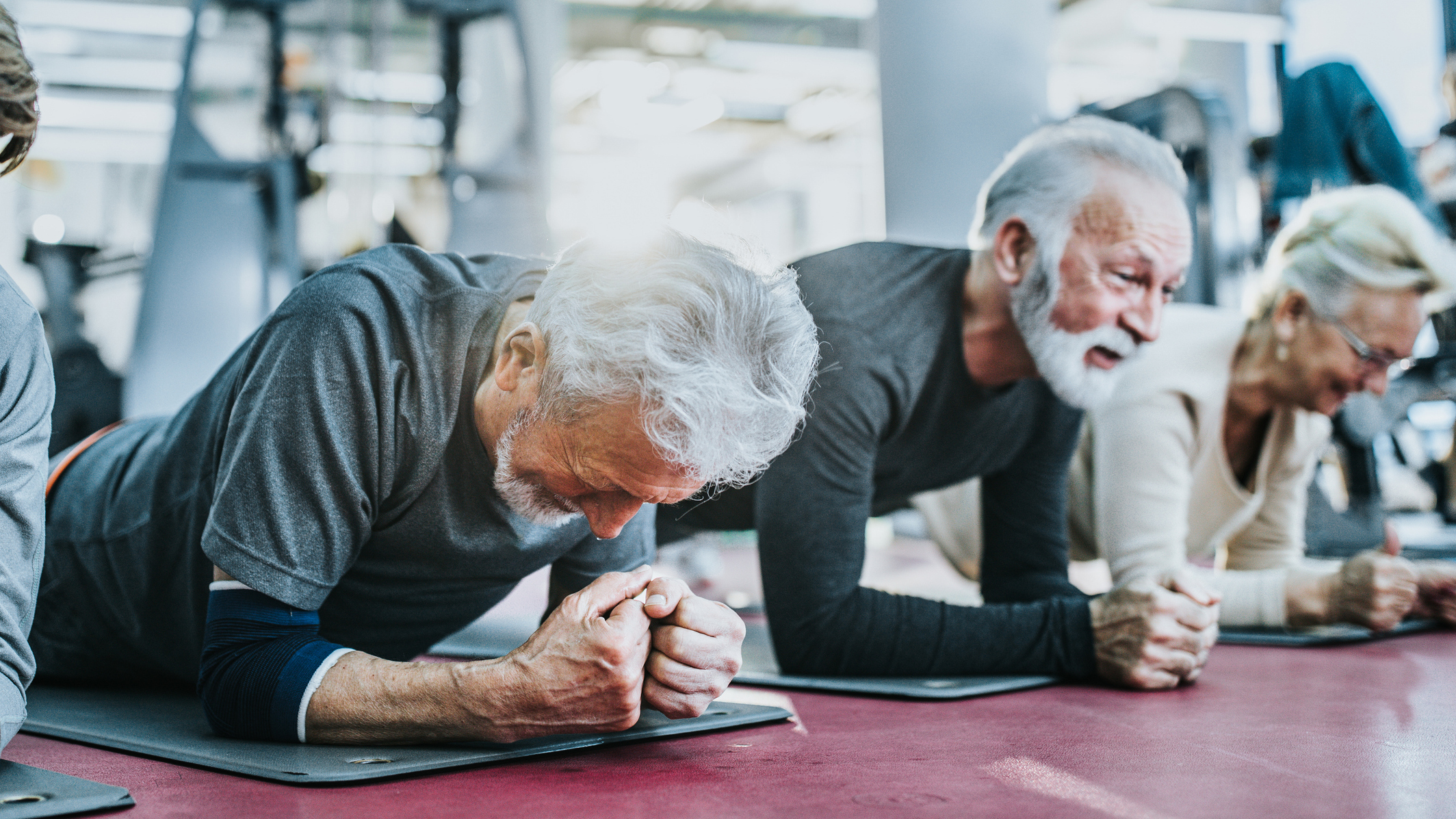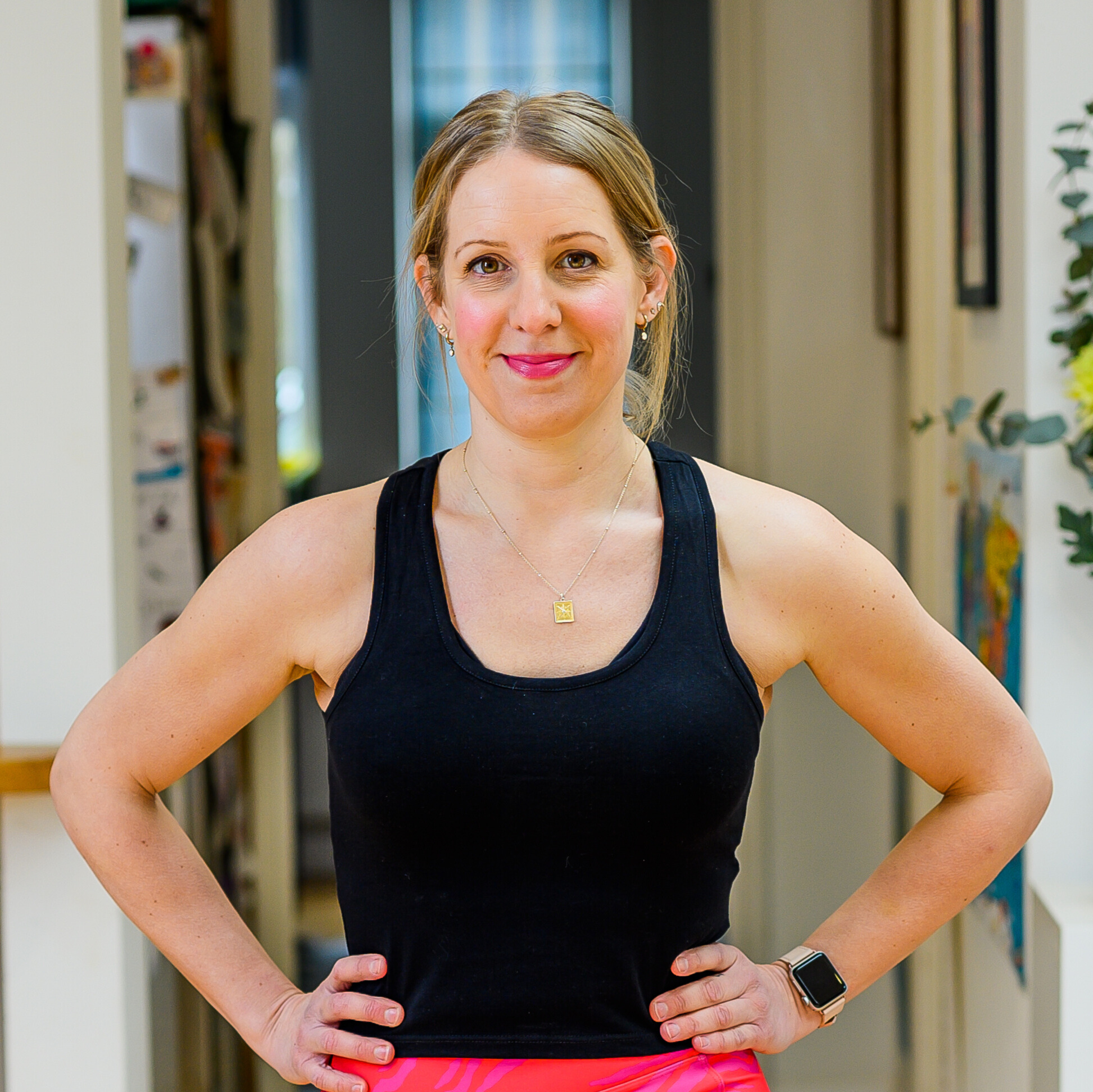Find the plank too hard? This certified personal trainer has three variations to help you build up to the real deal
Three expert-approved modifications to make the plank easier


It’s normal to find the plank tough. The move demands strength in multiple muscle groups—to maintain the hold, keep your hips lifted but buttocks down, and a straight line from head to heels—all while fighting against gravity. It’s not surprising it can feel challenging.
That’s where modifications come in—easier versions of the exercise to suit your current strength level and help you develop the strength needed to perform the full move.
I spoke to certified personal trainer and nutrition coach Lindsay Ogden at Life Time Eden Prairie Athletic who shared her tips on building up to a full plank and why the plank is so important.
“The plank is a great core exercise that can lead to better posture, be a foundation for other exercises and improve everyday strength. Plus, it’s a movement you can do almost anywhere, requiring minimal equipment.”
Scroll down to watch her modifications and learn how to build strength safely and progressively.
How to make the plank easier
A post shared by Fit&Well (@wearefitandwell)
A photo posted by on
- Hold your plank against a wall, placing your hands at shoulder height. Step your feet back so your body forms a straight line. Walk your feet back to make it harder.
- Once you can hold a wall plank for 30-45 seconds, lower your hands to a lower surface like a counter, chair or bench.
- Progress to the floor and start with knees on the floor while maintaining a straight line from your shoulders to your knees. Gradually build strength by holding with just one knee on the floor at a time.
- When you’re ready, lift both knees into a full plank.
Why mastering the plank is worth it
“Planks work a lot of your body, including core muscles (rectus abdominis, transverse abdominis, obliques), shoulders, arms, back, legs and glutes,” says Ogden.
Planks are particularly good for building core strength because when you hold your position you’re using your stabilizing muscles to maintain your steadiness.
Start your week with achievable workout ideas, health tips and wellbeing advice in your inbox.
“So instead of moving your core—like you do during sit-ups – the plank works on resisting movement. Holding in a stable position helps increase core stability and endurance.”
Building core stability acts as a foundation for most other exercises and sports, she says.
“Building a strong core helps your body transfer force efficiently from your lower body to upper body, for example during a golf swing. Planks also can improve posture and alignment.
“And lastly, planks help with balance and control which can translate to better coordination of your core, hips and shoulders.”
Maddy Biddulph is a journalist specializing in fitness, health and wellbeing content, with 26 years in consumer media working as a writer and editor for some of the bestselling newspapers, magazines and websites in the US and UK, including Marie Claire, The Sunday Times and Women’s Health UK.
She is a CIMPSA-certified PT and works one-on-one with clients, as well as running Circuits Club classes which mixes cardio and strength training and chair-based exercise classes for seniors.
You must confirm your public display name before commenting
Please logout and then login again, you will then be prompted to enter your display name.
